CHECKED RIGHT HOME INSPECTIONS ONLY OFFERS AIR QUALITY TESTING FOR HIGH LEVELS OF MOLD SPORES THAT MAY BE HIDDEN WITHIN THE WALL CAVITIES OR ELSEWHERE.
Quick turn around time. If postmarked the day of the inspection results will be the next evening unless mailed on a Friday then the results will be on Monday.
PLEASE CALL 812-896-6210.
Mold Facts
Where there is moisture, there is mold, a problem that can make you sick and even prevent you from selling your house.
Mold spores are present everywhere, growing on foods, plants and even foods. These microscopic organisms produce spores, which act like seeds. Each spore can produce mold growth, needing only sufficient moisture.
To prevent dangerous mold growth, you must be prevent moisture buildup. Leaky plumbing, bad drainage, wet crawl spaces and damp basements are all likely suspects. But, there are less obvious causes of mold growth, too, such as steamy bathrooms, wet carpets, even wet clothes drying in a home.
That humidifier you use in the winter could become a serious source of mold.
Indications of a moisture problem may include discoloration of the ceiling or walls, warping of the floor, or condensation on the walls or windows.
Exposure to mold can cause health problems in some people. The most common are allergic responses from breathing mold spores. These include symptoms of hay fever or asthma and irritation of the eyes, nose, throat or lungs. Allergic responses can come from exposure to dead as well as to living mold spores. Therefore, killing mold with bleach and or other disinfectants may not prevent allergic responses.
How to clean it up
- You must find the source of the moisture. Once you find the source, seal off the area so mold spores don't relocate to another room.
- Put on long sleeve shirt, long pants, cover your head and use a mask.
- Make the repairs needed to stop the moisture, for example leaky pipes or ceiling.
- Remove the mold with a bucket of soap and water, a solution of one cup household bleach in one gallon of water, or a commercial mold removal products and a rag. Rinse the cleaned area with water. Ventilate with a fan and open windows so it dries. It may take up to 48 hours to dry completely.
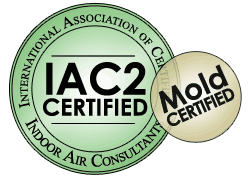
This is what your Indiana Home Inspector (Checked Right Home Inspections) found in a home in New Albany. Due to this bathroom ventilation fan (and another one in the same area) not being vented to the outside and at one time not having enough ventilation in the attic.
Do it right? Call Checked Right!
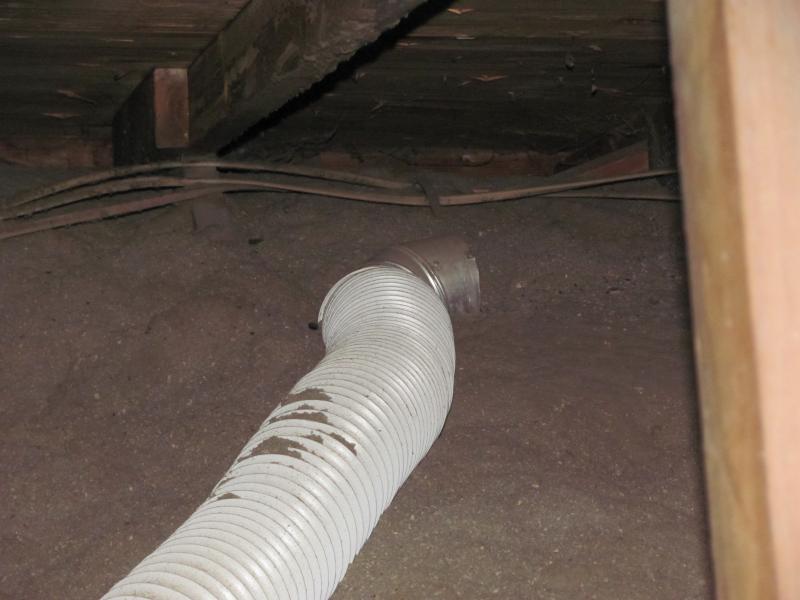
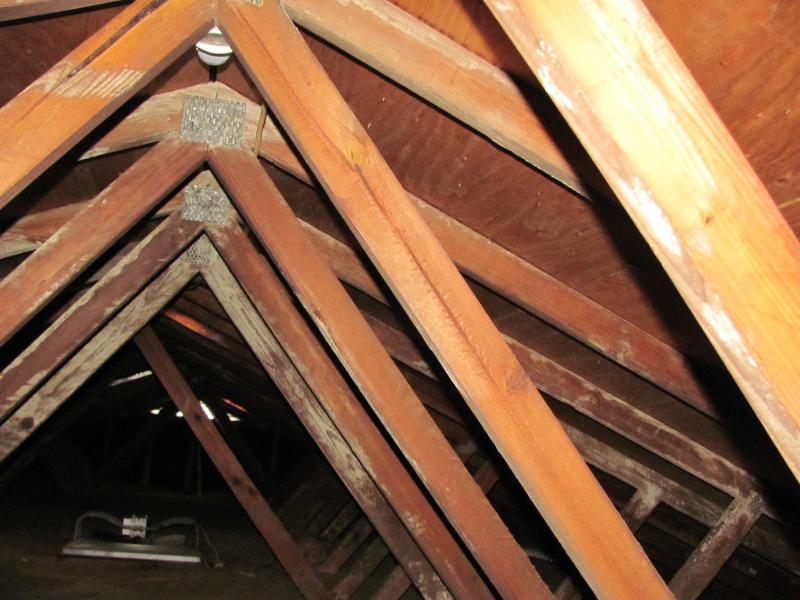
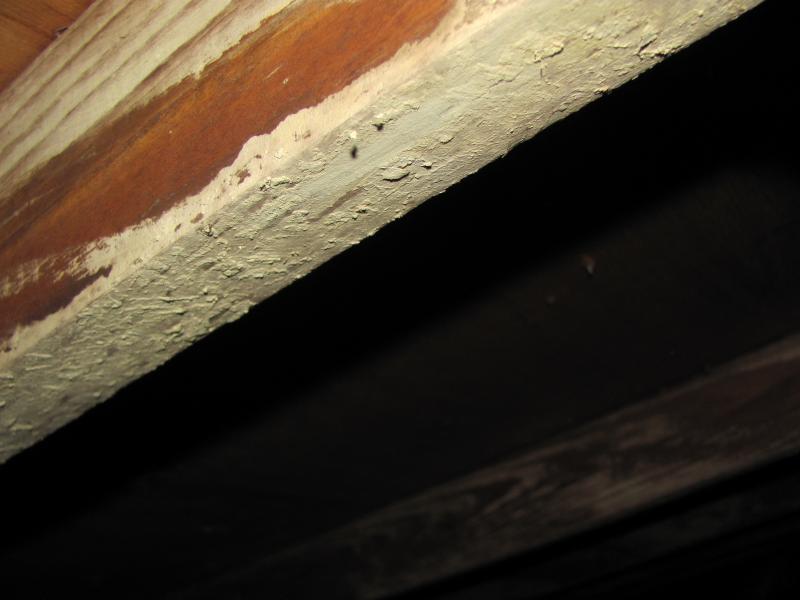
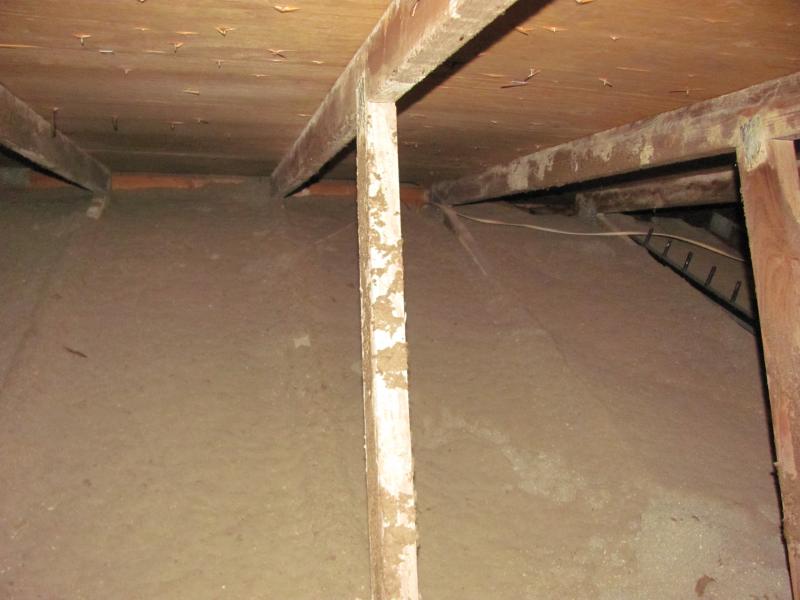
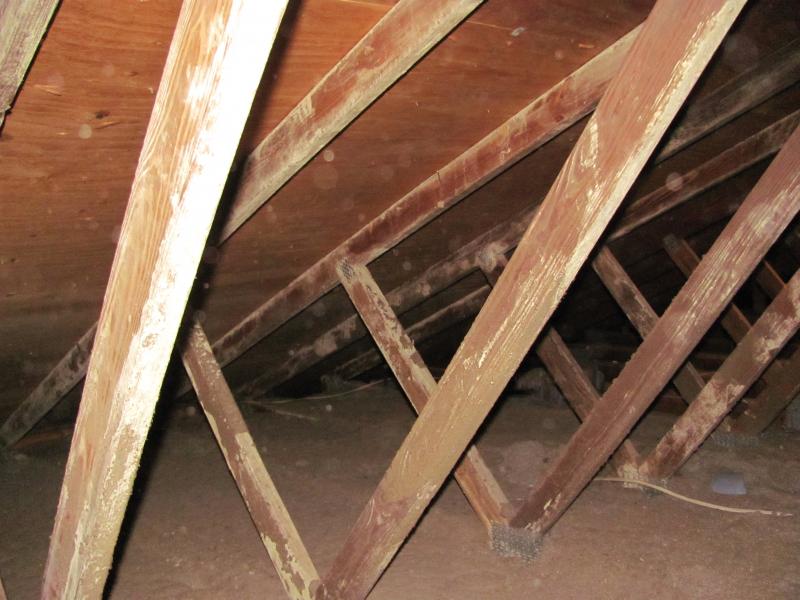
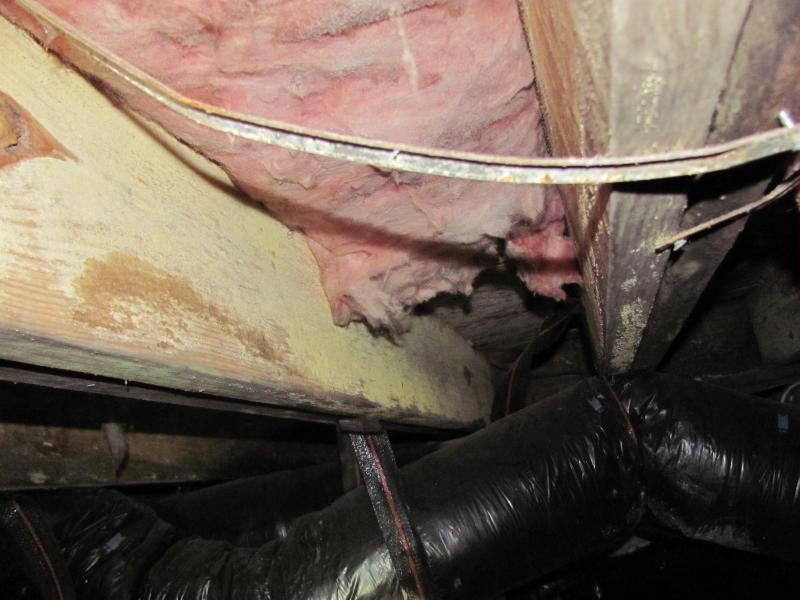
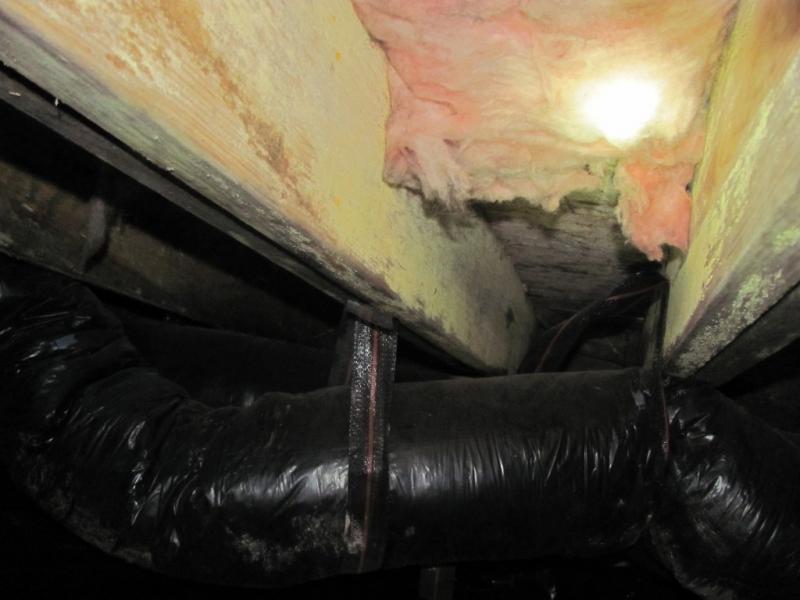
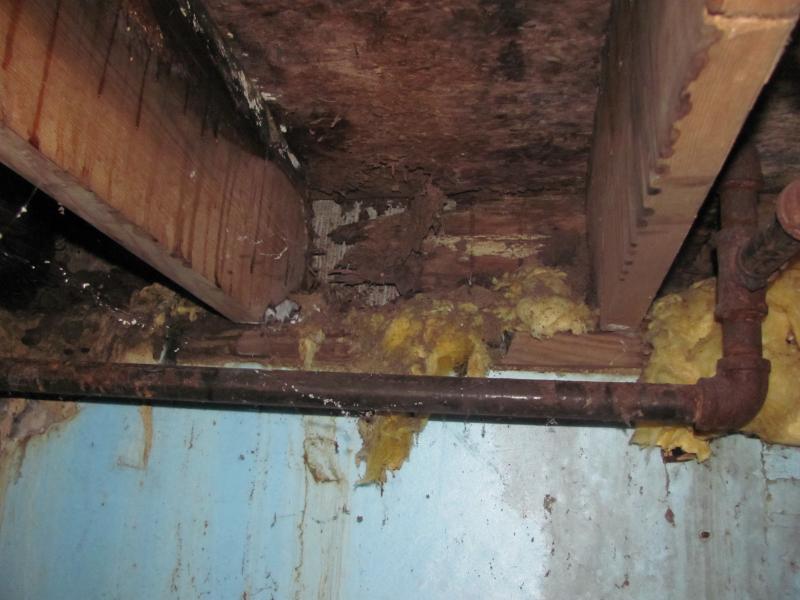
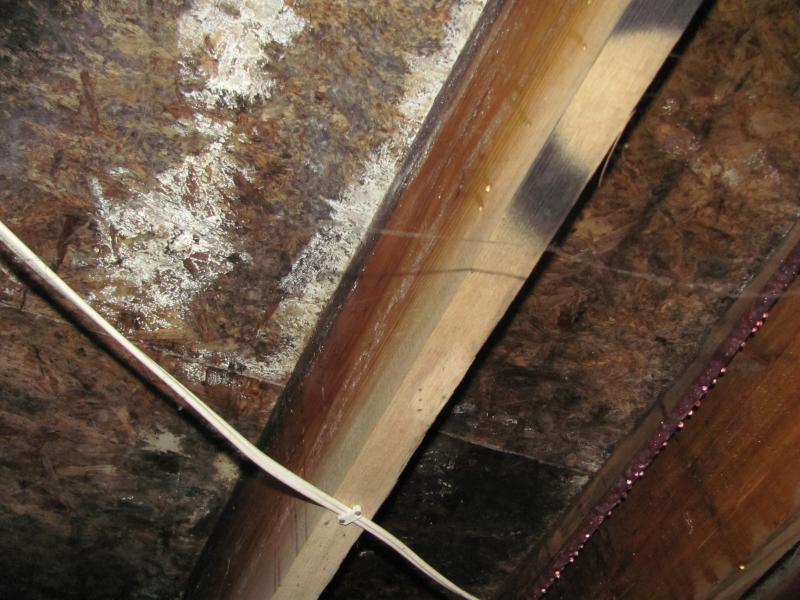
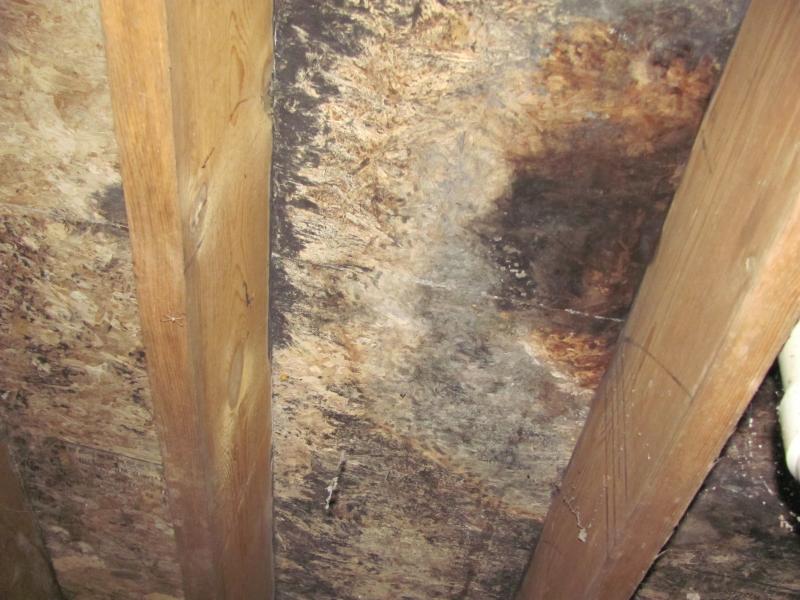
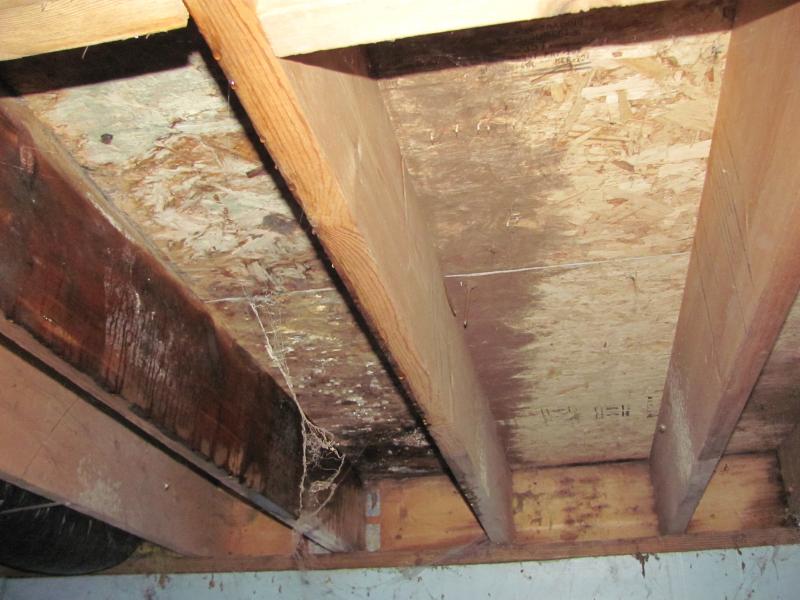
WHAT IS MOLD?
Mold refers to multiple types of fungi that grow in filaments and reproduce by forming spores. The term "mildew" is sometimes used to refer to some kinds of mold, particularly mold with a white or grayish color or mold growing in shower stalls and bathrooms. Mold may grow indoors or outdoors and thrives in damp, warm, and humid environments. Mold can be found in essentially any environment or season.
The most common types of mold that are found indoors include Cladosporium, Penicillium, Alternaria, and Aspergillus. Stachybotrys chartarum (also known as Stachybotrys atra and sometimes referred to as "black mold") is a greenish-black mold that can also be found indoors. Stachybotrys grows on household surfaces that have high cellulose content, such as wood, fiberboard, gypsum board, paper, dust, and lint.
Molds reproduce by forming tiny spores that not visible to the naked eye. Mold spores are very hardy and can survive under conditions in which mold cannot grow, such as in dry and harsh environments. These spores travel through outdoor and indoor air. When mold spores land on a surface where moisture is present, mold can start to grow.
Outdoors, molds play a role in the decomposition of organic matter such as dead trees, compost, and leaves. They are most common in damp, dark areas or areas of decomposing plant life. Indoors, mold is often found in basements or shower stalls. Indoor mold has the potential to cause health problems and can destroy surfaces and objects where it grows.
WHERE CAN MOLD BE FOUND IN HOMES?
Although shower stalls and basements are typical moist areas prone to the growth of molds, any moist area in the home may harbor mold. Drywall, ceiling tiles, carpets, furniture, ductwork, roofing, paneling, wallpaper, and the areas around plumbing pipes are examples of areas in the home that may become infested by mold if the requisite growing conditions are present.
Mold from the outdoors can enter the home through open doors, windows, and vents. It may also become attached to clothing, shoes, and pets and therefore be carried indoors.
Mold can have many different colors and sometimes appears as spots. Additionally, a musty odor may be present. Mold growth may also be hidden underneath carpeting, on the back side of wallpaper, and behind drywall or paneling.
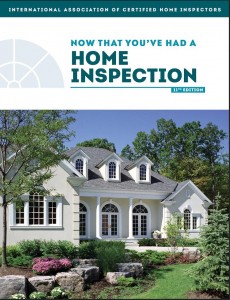 An inspection is just the start of keeping your home in good condition. With each inspection we offer a free book filled with home maintenance tips and other valuable information. Please
An inspection is just the start of keeping your home in good condition. With each inspection we offer a free book filled with home maintenance tips and other valuable information. Please